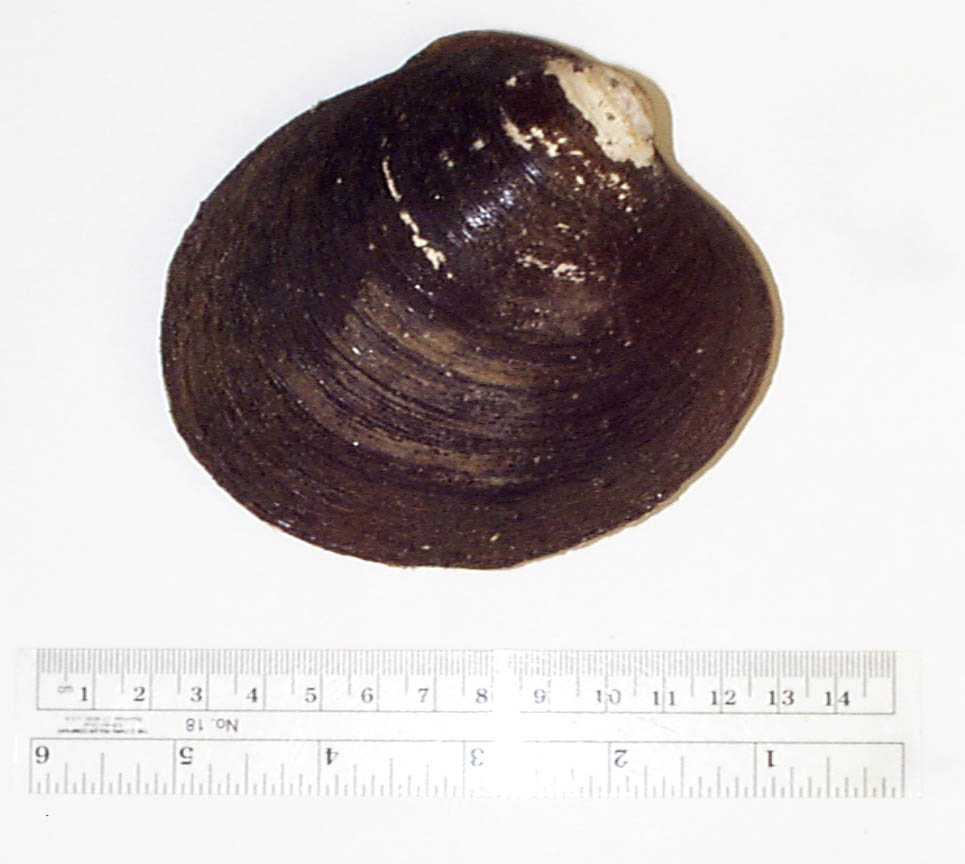
| The study of phylogeography examines
biogeographic patterns from an evolutionary (i.e., historical) perspective.
In the lab, we are interested in the phylogeographic patterns of invertebrates
living in the North Atlantic. To date, most genetic studies of North Atlantic
organisms have focused on intertidal species. These species in particular
are subject to range shifts and reduced habitat availability during periods
of glaciation. In contrast, we have been interested in subtidal invertebrates
that may have been more affected by other climatic influences. |
 |
|
Our initial work on this topic focused on the commercially important bivalve Arctica islandica, the Ocean Quahog. This clam is an important component of clam chowder, supports a multi-million dollar industry, and is commercially harvested in the USA, Canada, and Iceland. Unfortunately, this clam is very slow growing and is often greater than 60 years of age when harvested. It is also believed this organism takes approximately 10 years to reach reproductive age. |